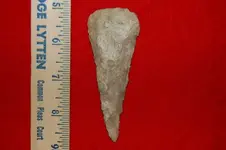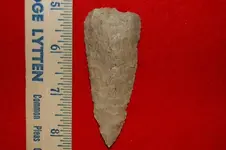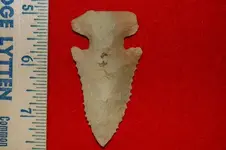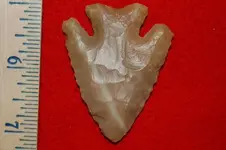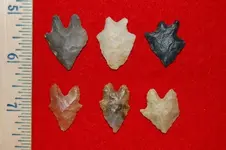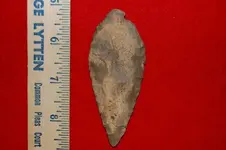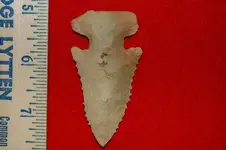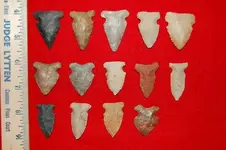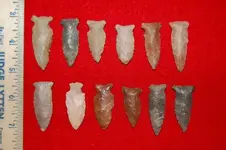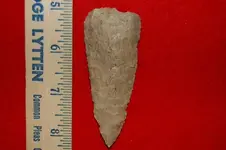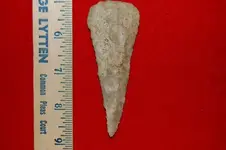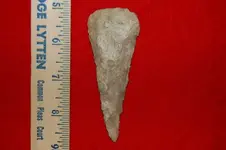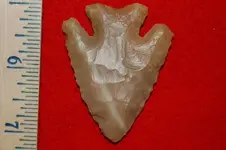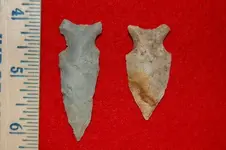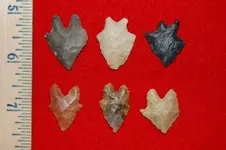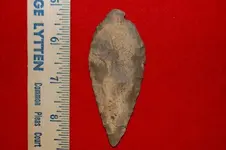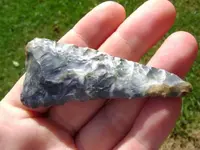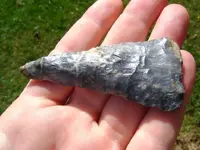I had a longer post typed out, and then I lost it while checking something else....

The semi-condensed version:
This isn't really a direct response to your question, just some of my thoughts on what a Cobbs is... As a nice, visual point of reference, check out the Ripley Show thread. Between the different posts there are several classic Cobbs knives in there. To me, most of them look like well used relics, not preforms for some other type... In fact, if you look at any classic Cobbs knives or any description of the their traits, you are looking at the product of a used and resharpened tool not a quarry blank or preform. I'm not sure I could easily identify a first stage Cobbs from a Stanfield, or any other number of archaic bifaces, but when they are sharpened down it's a pretty easy point type to id.
If you imagine notches on any of the Cobbs posted in that thread it's hard to get a normal looking dovetail without major rework on the base. I can see making the blade wide on a preform if you are going to use it as a knife (the way many paleo groups used bifaces), but why make the base so wide and out of proportion with any of the types associated with it? It just seem risky for an area that isn't really used as a cutting edge.
Aside from the single cache of non-typical examples at the Olive Branch cache (which is a unique cache happy site), I haven't heard of them being excavated with Dovetails in direct context. That said, being a tool used in the early archaic I'm not surprised they would be found together. Basically, I think they are like full groove axes and ball bannerstones,
tools used by groups in the Archaic but not necessarily a diagnostic artifact of any one group/cluster.
Aside from Kirk sites and some Bifurcate type sites, many of which appear to be single component, most early archaic sites produce a mix of everything... And Cobbs are found occasionally on sites that produce some or all of them. I haven't heard of a field/site that produced only Doves and no other archaic types. I'd bet some others have noticed, but in many areas in the Ohio River Valley there are ridges away from the rivers that produce a wide mix of archaic points.





